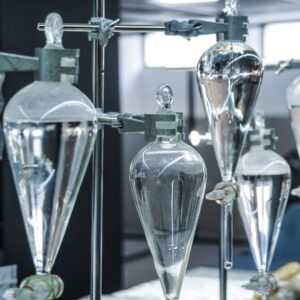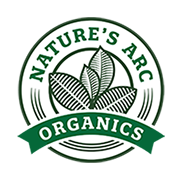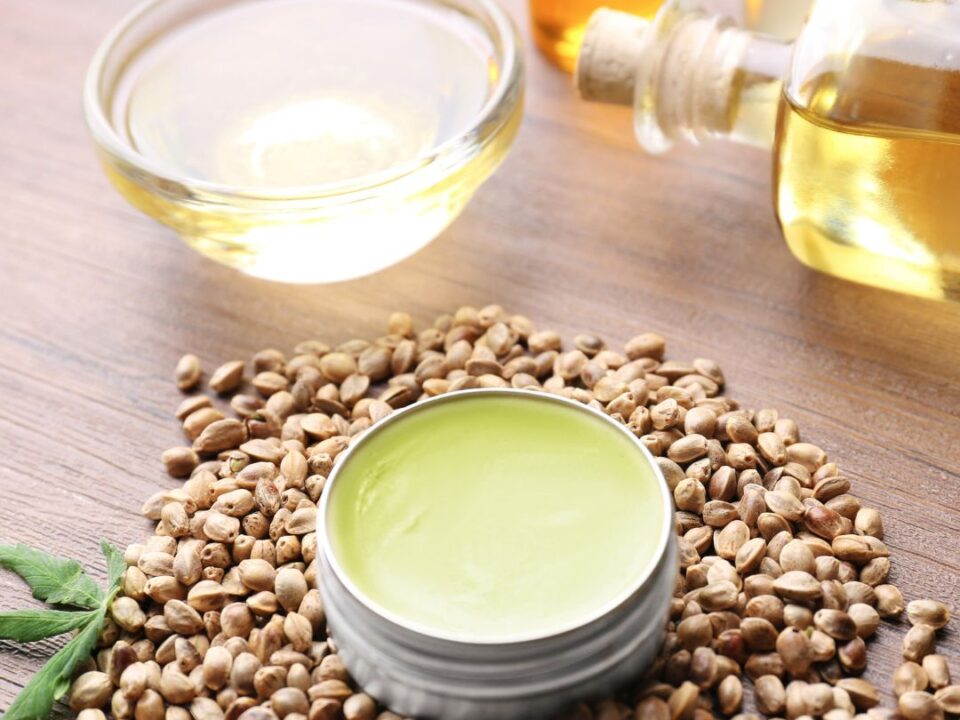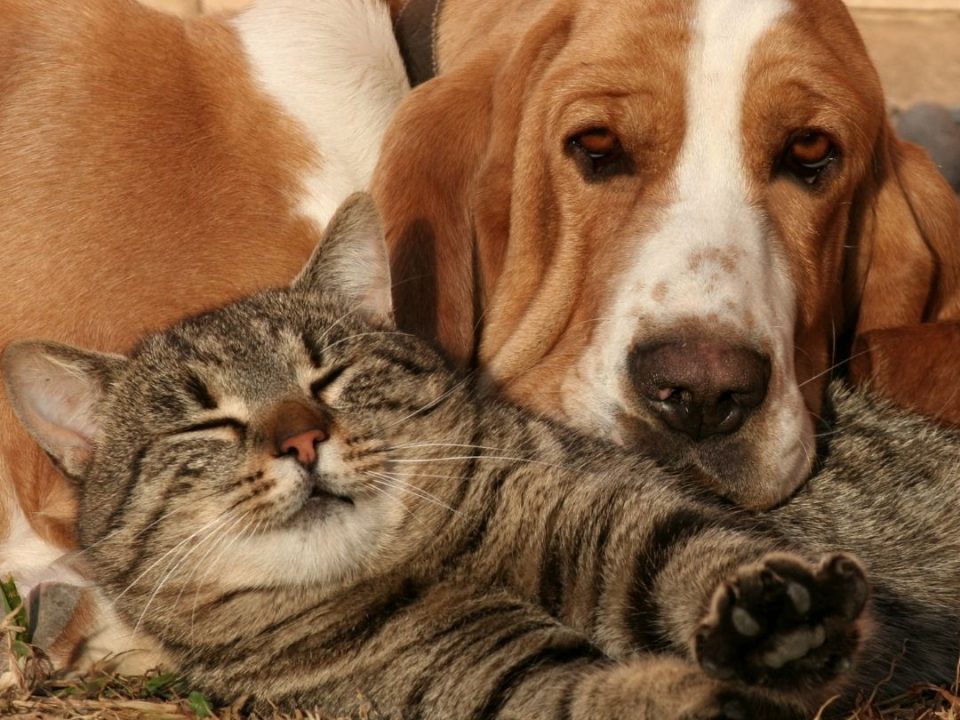
Whether you are a new CBD user or known as a hemp guru by all of your friends, you still might not understand precisely what a CBD isolate is. Even some seasoned CBD users struggle to comprehend the intricacies of a CBD isolate, such as the process of how to make CBD isolate, and how it compares to other isolate compounds.
The process of isolating a pure CBD compound from the hemp or cannabis plant and extracting it purely is a complicated process that takes much time. Isolates must come from the most premium, high quality, CBD-rich cannabis plants, be extracted by the cleanest extractions process, and lastly, refined through a process that takes the product to an isolate. In other words, CBD isolate is a fancy way of saying pure CBD. Most cannabinoid isolates are 99+% pure.
So if you have any questions about CBD isolate, how to make CBD isolate, and any other hemp isolates, you have come to the right place. After reading this article, you will know everything you need to know about CBD isolate and how to make CBD isolate with a step-by-step process.
What makes a good CBD Isolate?
First off the growing of the hemp plant is the most important factor. Growing companies use only CBD-enhanced plants to manufacture CBD Isolates. This premium hemp is organically grown and has more cannabinoids available for the extraction process.
The production of the best CBD isolate involves a few purification processes where the remaining plant material is removed. The process is known as winterization. This process separates the extracts’ waxes, lipids, and fats. It is a process that involves soaking the extract in alcohol. The manufacturer freezes it to separate the pure CBD from the rest of the compounds and terpenes.
The result of this process is the removal of chlorophyll, terpenes, phytocannabinoids, and other unwanted compounds, to make a completely pure CBD isolate. Most manufacturers then proceed with other various rounds of rotary evaporation to get rid of any further residual compounds. They may also embark on preparative chromatography. This is a process that separates cannabinoids by placing them through different chemicals at a variety of speeds. In this case, the manufacturer must use distillation to get rid of these added chemicals.
 How is CBD Isolate Made?
How is CBD Isolate Made?
Growing cannabis for CBD Isolate
Cannabis growers will need to decide on the variety of hemp they grow based on the desired end product. Every cannabis variety will have its own unique set of characteristics, such as short or tall, small or large seed, higher or lower cannabinoid content, different flowering times, and different nutrient requirements. The most important characteristic for producing CBD Isolate is the hemp plant contains a high cannabinoid content, and it is grown organically to lessen the number of other compounds in the product. This includes cannabis varieties bred to exhibit a high concentration of CBDa. Only female hemp plants will produce flowers with high contents of cannabinoids.
The optimal temperature for cannabis seed germination is 65-70°F. Lower temperatures will delay growth. It is best to plant cannabis outdoors after the potential risk of a late frost. Cannabis seeds is best planted at a depth of 0.75-1 inch. For direct seeding, the acceptable soil temperature at that depth for germination is around 50°F.
Cannabis grows best on loose, well-drained, well-aerated soil with a pH of 6.0-7.0. The consistency in pH level will also allow the plant to better absorb the nutrients it needs. If the pH becomes too alkaline, above 7.5, or too acidic, below 5.5, it will cause a deficiency in the nutrients. Cannabis does not do well in heavy clay soils due to a higher calcium level and greater water saturation.
Cannabis generally prefers a semi-humid condition with temperatures remaining between 60 – 80°F. Cannabis does not react well to overwatering but requires ample moisture during the early stages of growth. Excess rainfall has the potential to stunt the growth of cannabis and lead to smaller yields. During the plant’s life cycle 10-14 inches of rainfall is optimal for growth, but larger plants will require more water. Irrigation might be a necessary step depending on the size of the plant and its geographic location.
Extraction methods
The first factor that adds to the complexity of the extraction process is that there is no universally standard method of extraction for CBD isolate. However, most CBD isolates manufacturers use either a CO2 extraction or ethanol extraction process. CBD Isolate is made by first making a distillate, through an extraction process, which is still full of other plant matter and other cannabinoids, including CBG, CBC, CBD, CBN, and THC.
- CO2 Extraction
When done correctly, supercritical or subcritical CO2 extraction is perhaps the most high-tech and most efficient method of extraction used in the CBD industry nowadays. This process uses carbon dioxide that is kept under extremely high pressure and very low temperature to remove all cannabinoids and terpenes from the hemp flower.
This method can produce an almost 100% pure product when done to perfection. However, the high cost of equipment can often cause companies to stick with other proven methods such as an ethanol extraction process.
- Ethanol Extraction
While the ethanol extraction process may not be as cutting edge as the CO2 extraction process, it is a much more simple, safe, and effective way to separate CBD from the entire hemp flower. To extract CBD using this process, high-grade grain alcohol, also known as ethanol alcohol works as a solvent to release CBD and other cannabinoids and terpenes from the hemp flowers.
Both of these methods are extremely effective, and the choice of extraction process ultimately comes down to the manufacturer’s personal preference.
No matter how the cannabinoids are extracted, the next step is universal, winterization.
- Distillation/Winterization
Once the cannabinoids and terpenes have been stripped from the cannabis plant, they still need to be separated to create the CBD isolate. This happens through a process called distillation or winterization. While winterization may not be exactly what you think it sounds like, it is not all that far off. Winterization further refines the substance by removing any trace fats or waxes.
Winterization happens by soaking the CBD flower extract in alcohol and freezing it until a CBD isolate has been separated from unwanted things like other cannabinoids, terpenes, fats, chlorophyll, and other plant matter.
After this process, you should be left with a fine, white CBD isolate powder. However this powder will have trace amounts of other cannabinoids, and to further refine this to a 99% pure isolate, the next and final step is chromatography.
- Chromatography
After winterization comes the crystallization process, which requires a chromatography machine. Chromatography is a method of purifying and isolating cannabinoids. There are different levels to this machine, depending on the batch sizes you hope to produce.
Basically, this machine has a column with a filter inside it. There is also an air compressor to apply pressure, and a collection chamber containing an evaporable solution. With this machine, forming CBD isolates is not complicated. but it does require some basic chemistry.
First, let’s talk about the filter of this machine. You can use sand, but it must be a very fine sand to yield the best results. After setting up your machine, pour your unpurified cbd isolate into the column. The sand will act as a filtration device, and a pump or pressurized hose will help push CBD molecules through the sand for further purification.
As the molecules pass through the filter the smaller particles will reach the bottom first. Due to the difference in the molecules size of the extract’s elements, CBD will hit the bottom before any remaining THC. Best of all, you can complete this separation without any pressure. Though it will take some time.
At the bottom of the column, you collect your purified isolate, storing it with the evaporable solution. For maximum purity, you can repeat this process several times to ensure the purest product. However, with every repetition, you will reduce the quantity of your end product.
Can You Make CBD Isolate at Home?
In order to make CBD isolate, you will need several pieces of special equipment. After winterization, the crystallization process has to occur, which requires a chromatography machine. Chromatography is a method of purifying and isolating cannabinoids. This is not something you can make at home unless you have chromatography equipment at your disposal.
How to Make CBD oil from Premade Isolate Powder
CBD is so popular as a pure isolate because isolates have a much broader range of use. Making your own CBD Oil is easier than you would expect, and with a pure isolate, you are already halfway there.
- Ingredients Required to Make Your Own CBD Oil
• CBD Isolate
• Carrier Oil of your choice such as MCT oil(fractioned coconut oil), hempseed oil, or sunflower oil
- What You Need to Make Your Own CBD Oil
• Whisk
• Stove
• Two pots (one large for holding water and one small to on top)
Once you have all of the necessary items, you are ready to learn how to make CBD oil from an isolate. Pure isolated CBD infuses seamlessly with most carrier oils creating a ready-to-use CBD tincture that works just as well as what you would find in the store. Although the carrier oil that you use is entirely up to you, we recommend coconut MCT oil or hemp seed oil because they work well with all CBD product types.
To infuse your isolated CBD with a carrier oil, you will need to utilize the double boiling method. The double boiling method is a heat control technique used in cooking that allows you to blend ingredients without exposing them to high temperatures. All you have to do is boil the water in the large pot, place your carrier oil and CBD isolate in the smaller pot.
After the water in the large pot begins to boil, place the smaller pot in the boiling water and stir the mixture until the pure isolate is no longer visible. Pour your CBD-infused carrier oil into a container of your choice, and your homemade CBD oil is ready to use.
 The Benefits of Making Your Own Isolate CBD Oil.
The Benefits of Making Your Own Isolate CBD Oil.
Once you learn how to make your own Isolate CBD oil, it is hard to go back to buying store-bought tinctures. With everything from ingredients to dosage in your control when you make your own CBD oil from pure CBD isolate, you create a personally tailored experience that is impossible to beat.
With your own personal recipe for making CBD oil, you can add other ingredients too! When it comes to isolates, the possibilities are truly endless. This is because you do not have to stop with just CBD. From carrier oils to other plants and even other cannabinoids! CBN and CBG are also available in pure isolate form as well.
How is CBD Isolate Different From Other CBD Products?
Learning how to make your own CBD oil is great, but there is one catch to making CBD oil using isolate, it can’t be full spectrum.
While CBD is excellent as a pure isolate powder, the one downside is that it lacks some of the other beneficial compounds found in the hemp plant. Full-spectrum CBD contains a variety of helpful cannabinoids, terpenes, and other organic elements. CBD isolate has perks of its own, but full-spectrum CBD provides you with more of hemp’s benefits.
Full Spectrum CBD
Full Spectrum CBD is also known as a whole plant extract. Whole-plant extracts, like the name suggests, is an extract containing all of the various beneficial components of the plant. From cannabinoids to terpenes and everything in between, whole-plant extracts provide you with all of the compounds that make hemp so good for you.
Full-spectrum CBD contains trace amounts of THC and other cannabinoids. Full-spectrum CBD has what is known as the entourage effect, which describes how all of the plant’s compounds work together to improve their therapeutic effects. Not all of these compounds are cannabinoids, in fact, hemp is notoriously terpene-rich.
Full Spectrum CBD is ideal for those open to utilizing the benefits of the entire hemp plant. While pure CBD isolates are useful in certain situations, full-spectrum CBD truly showcases the power of hemp through the entourage effect.
Broad Spectrum CBD
Unlike pure CBD Isolate, broad-spectrum CBD contains flavonoids, terpenes, and other cannabinoids with the exception of THC. The THC is removed from the CBD after the initial extraction takes place. To put it simply, broad-spectrum is more of a hybrid of an isolate and full-spectrum CBD. It has the effectiveness of full-spectrum CBD products thanks to the inclusion of many non-THC cannabinoids.
Is CBD Isolates Safe to Use?
In general, CBD has few known side effects and it is non-addictive. CBD Isolate has not shown itself to be any different. While the risk of minor side effects such as drowsiness or an upset stomach is still present, you can feel as confident in CBD Isolate the same as you would with any other reliably-made CBD product.
You should consult your doctor or another professional to determine the correct amount of CBD Isolate to take as well as the most helpful method of consumption. Many people take CBD Isolate as a component of other products, such as in gummies or part of topicals. CBD Isolate can also be used directly on its own as a tasteless white powder. While this taste-free aspect may be ideal for some, others find enjoying powdered CBD Isolate more desirable if it has been mixed into a carrier oil or with honey.
Always consult a physician before adding any CBD product to your daily regimen.
“These statements have not been evaluated by the Food and Drug Administration. This product is not intended to diagnose, treat, cure, or prevent any disease.”




